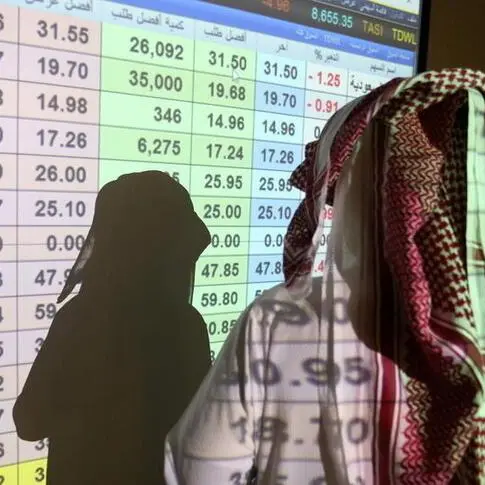SYDNEY - The Australian and New Zealand dollars clung to recent gains on Monday as speculators cut back their short positions, though upbeat U.S. jobs data put a cap on further progress in the near term.
The Aussie was steady at $0.6834 AUD=D3 having repeatedly failed to clear resistance around $0.6860, while chart support lies at $0.6813.
The kiwi dollar stood at $0.6555 NZD=D3 , after touching a four-month top of $0.6576 last week. Immediate support is at the 200-day moving average of $0.6540.
A run of better economic data has led the market to sharply scale back bets on rate cuts next year. A move in February is now considered just a 12% probability, and the market has only 12 basis points of easing priced in for all of 2020.
Adding to the pullback is speculation New Zealand's government will announce a burst of fiscal stimulus in a half year review due on Wednesday.
"The government is set to loosen the purse strings and provide a much-needed boost in infrastructure spending following years of underspend and rapid population growth," said Jarrod Kerr, chief economist at Kiwibank.
"Exporters beware," he added. "The Kiwi may be on the march back to 66 cents. The euphoric trading has solid momentum and is likely to continue unabated into 2020."
Speculators have recently been forced to cover wagers against the kiwi and the Aussie. IMM data showed kiwi short positions fell by 9,000 contracts to stand at -27,000 last week, with the Aussie also down 9,000 at -36,000.
Markets have gone the other way on the Reserve Bank of Australia (RBA), fully pricing in at least quarter point cut by April with a real chance of another to 0.25% 0#YIB: .
Domestic data has consistently disappointed, yet the conservative government of Prime Minister Scott Morrison has rebuffed all calls for more stimulus, choosing instead to run budget surpluses in what is effectively a tightening of fiscal policy.
The Australian government is also expected to release its half year fiscal review next week and will likely have to trim forecasts for economic growth and wages, while holding to its surplus projections.
Australian government bond futures eased a little on Monday, though that was mainly a knee jerk reaction to stronger U.S. job numbers, which hit Treasuries on Friday.
The three-year bond contract YTTc1 dipped 1.5 ticks to 99.280, while the 10-year contract YTCc1 lost 3 ticks to 98.8450.
Australian 10-year yields AU10YT=RR remain 72 basis points lower than those on Treasuries, compared to 41 basis points this time last year.
(Reporting by Wayne Cole; editing by Jane Wardell) ((Wayne.Cole@thomsonreuters.com; 612 9321 8162; Reuters Messaging: wayne.cole.thomsonreuters.com@reuters.net))











